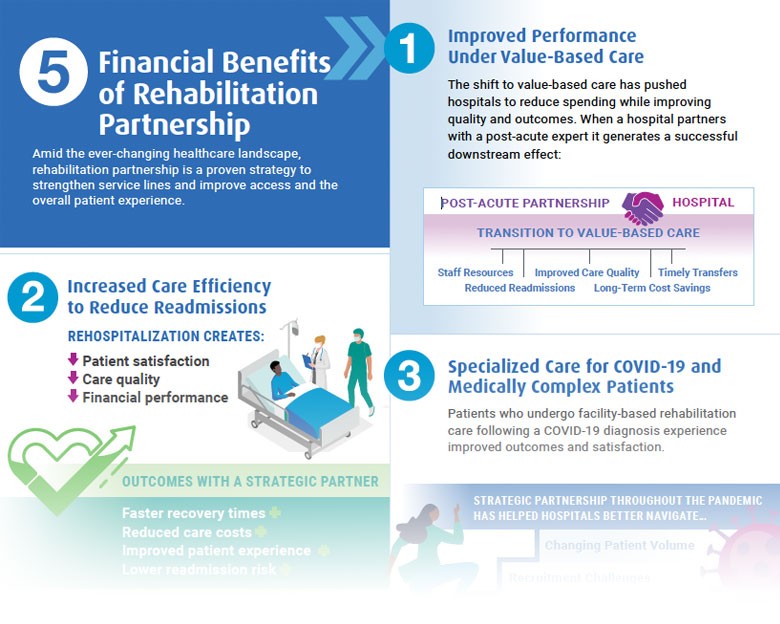The 8-Minute Rule for Narconon Africa
The 8-Minute Rule for Narconon Africa
Blog Article
Some Known Details About Narconon Africa
Table of ContentsThe Main Principles Of Narconon Africa Rumored Buzz on Narconon AfricaNarconon Africa Can Be Fun For EveryoneNarconon Africa for Dummies7 Simple Techniques For Narconon AfricaSome Known Questions About Narconon Africa.Our Narconon Africa Ideas
In a series of documents with Manudeep Bhuller and Katrine V. Lken, we get over these data obstacles and the nonrandomness of jail time, using brand-new understandings into how imprisonment affects recidivism, work, children, and criminal networks - copyright addiction recovery. Figure 1 Our work researches the effects of incarceration in Norway, a setup with two vital benefitsWe can better connect this details to various other family members, including children and brother or sisters. Moreover, we have info on co-offending that permits us to draw up criminal networks for observed criminal offenses. Second, we can leverage the arbitrary assignment of criminal cases to judges that differ in their tendencies to send accuseds to prison.
Some judges send offenders to jail at a high price, while others are much more forgiving. We determine a court's stringency as the average incarceration rate for all other instances a court manages, after regulating for court and year set results, which is the degree of arbitrary project. This quasi-random assignment of court stringency can be utilized as an instrument for imprisonment, as it strongly forecasts the judge's decision in the current situation, yet is uncorrelated with various other case characteristics both deliberately and empirically.
Examine This Report about Narconon Africa
Features of detainees, consisting of demographics and criminal offense categories, are generally comparable in Norway and other nations, consisting of the United States, with the exemptions that the US murder rate is much higher, and race plays a larger role there. What stands apart as different, specifically compared with the USA, is the jail system.
Figure 2In Norway, the typical time invested in prison is a little over six months, which resembles most various other Western European nations. This contrasts with typical US prison time of practically 3 years, which remains in huge part the factor the USA is an outlier in its imprisonment price contrasted with the remainder of the globe [Number 1]
Narconon Africa - The Facts
This gives a lot more separation in between small and hard wrongdoers than exists in the USA. There is no overcrowding in Norwegian prisons and much better personal safety and security, with each prisoner being appointed to their own cell and a greater inmate-to-staff ratio than in the USA (https://www.tumblr.com/blog/narcononza12). Jails in Norway also provide well-funded education and learning, medication therapy, mental health, and work training programs
Our research on the effects of incarceration on the wrongdoer, making use of the arbitrary job of courts as a tool, returns 3 essential searchings for. Imprisonment inhibits further criminal habits. We discover that incarceration lowers the probability that an individual will certainly reoffend within 5 years by 27 percentage points and decreases the equivalent variety of criminal costs per person by 10 fees.
The Greatest Guide To Narconon Africa
We discover sizable decreases in reoffending probabilities and cumulative charged crimes also after defendants are released from jail. Our second outcome is that predisposition because of option on unobservable specific attributes, if overlooked, brings about the incorrect conclusion that time spent behind bars is criminogenic. If we merely compare criminal accuseds sent to jail versus those not imprisoned, we find Learn More Here positive organizations between imprisonment and subsequent criminal activity.
This stands in contrast to our evaluation based on the random job of judges, which locates an opposite-signed outcome. Third, the decrease in criminal offense is driven by individuals who were not functioning before incarceration. Amongst these individuals, imprisonment increases engagement in programs directed at improving employability and reducing relapse, and this inevitably increases work and revenues while discouraging criminal behavior.

Imprisonment triggers a 34 percentage point rise in engagement in job training programs for the previously nonemployed, and within 5 years their work rate boosts by 40 percentage factors. At the exact same time, the likelihood of reoffending within 5 years is cut by 46 percent points, and there is a decline of 22 in the average number of criminal fees.
The Single Strategy To Use For Narconon Africa

A plausible description for the difference is that Norway's prison system differs considerably, both in terms of prison-term length and prison problems, from the US jail system. While recognizing the results of incarceration on the offender is a vital primary step, catching spillover impacts is also vital for assessing criminal justice policy and making efficient prison systems.
Narconon Africa - Questions

Normal least squares approximates expose that youngsters of incarcerated daddies are 1 percentage factor most likely to be charged with a criminal activity, about a mean of 13 percent, and show no result on school qualities. Utilizing our court stringency tool, we find no analytical evidence that a father's incarceration impacts a youngster's very own crime or school grades, but we are not able to dismiss modest-sized impacts.
Narconon Africa for Dummies
We specify criminal teams based on network links to previous criminal cases. When a criminal network participant is put behind bars, their peers' likelihood of being charged with a future criminal activity lowers by 51 percent points over the next 4 years - https://www.pubpub.org/user/elma-hernandez.
Report this page